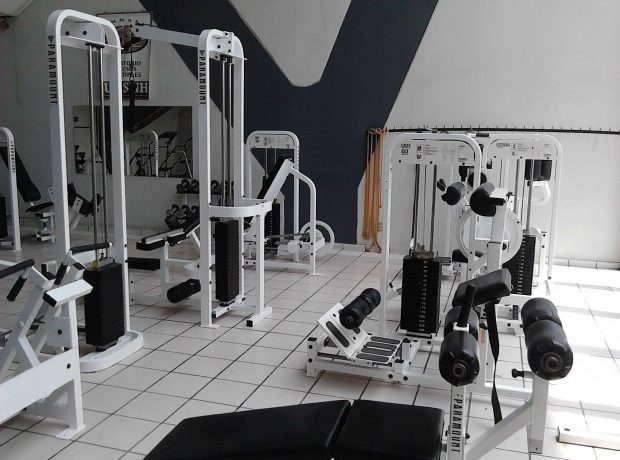Among competitions and sports that define ability, capability and skill the fittest and fastest is always the winner. Sports as an activity showcase an athlete’s potential physically and mentally to overcome challenges to reach the top spot.
In contrast, competitions there are also sports that put enormous focus on pure physical strength – wrestling, boxing, sumo are some categories that require rigorous amounts of strength building of the body to have the edge always over the opponent.
Before the advent of the ‘tech age’, fitness was imparted at group sessions where a trainer or master, usually an ex-wrestler or boxer would impart tips and advice and guide probable wrestlers and boxers through the paces of moves and actions and prepare them for match bouts. The emphasis was more on strenuous physical exercises and activity, both indoor and outdoor, to put the body into shape.
Then came the time where machines took over. Streamlined equipment to help with various exercises and procedures began to appear in sports clubs, health centers, and sports training schools and even in homes. Here, the athlete simply trained on the machines to achieve levels of fitness with or without the presence of a trainer. However, the human touch began to disappear.
Today, there are exercise sessions and classes on the television, CDs with documented videos showing step-by-step fitness routines and even online networked sessions with former champion athletes where the trainer-student routine is imparted through PCs or other equipment over distances, removing close contact completely. Whether or not these provide the real advantage is a debatable issue but connectivity ensures the link is present though not through physical proximity.
A global issue that needs to be addressed
Fitness and exercise equipment are big-bucks earners and a multi-billion dollar industry. However, lack of guiding ethics and fundamentals have also contributed to the unchecked and rampant growth of websites, instructions manuals, tutorials, videos and many other methods of fitness instructions that serve as a ‘one for all’ tool. This kind of approach cannot be considered healthy for the general population, as a whole, because some exercise regimes and fitness programs are specially and specifically designed for professional sportspersons and athletes who are required to maintain a certain degree of fitness and physical ability to meet their professional requirements.
While there is no denying that equipment definitely helps in staying fit, prolonged usage without need or supervision can lead to bodily harm, injury or permanent disability. And, where fitness is seen more as a fad to gain entry into a ‘premium league’ the disadvantages of over dependence on machinery over a principled lifestyle are very obvious. Physical fitness equipment can put the body in shape faster; it also puts the body ‘out of shape’ faster because sustaining fitness through machinery is not always possible long-term. Invariably, areas of the body that bear the brunt of unnecessary and uncalled for strain end up paying the price in the ‘race to remain fit’.
Diets and workouts
To take away this over dependence on machines and equipment to put the body in shape, fitness experts, doctors and nutritional advisors stress on the importance of a healthy lifestyle and exercise that provides overall fitness against bulging muscles and abs. It is very difficult to sort through tons of information available online through weight loss programs, diets, workout videos and many others that all claim to be ‘the best suited’ or ‘most suitable’. We have seen how people of older generations are able to keep fit with minimum exercise like walking, swimming or playing a game or sport that does not put undue strain on the body. For many physical conditions that affect the body, a combination of exercise and disciplined diet intake provide many benefits.
The general population has to understand the concept that ‘one size does not fit all’; falling prey to marketing gimmicks and techniques using the Internet that propagate trends and usages to increase visibility and fill coffers is a oft used tool by many corporations and agencies.






